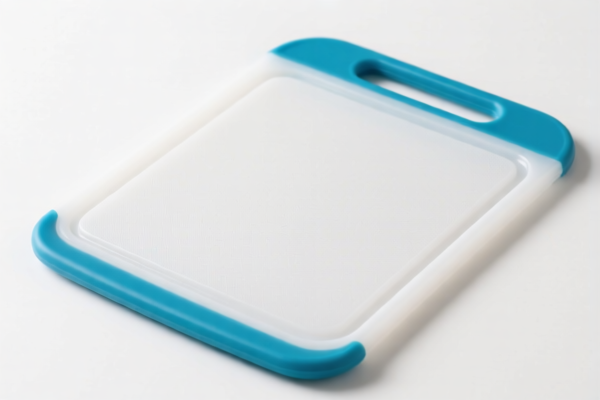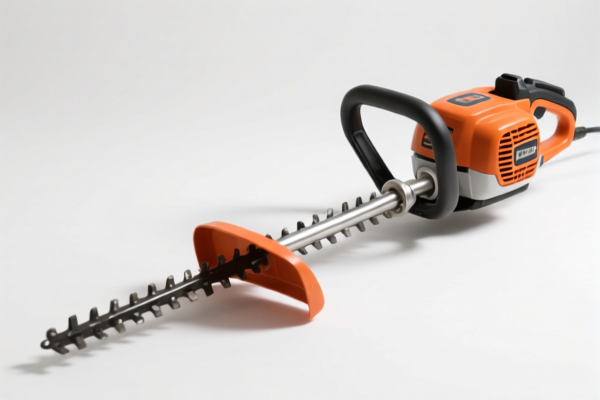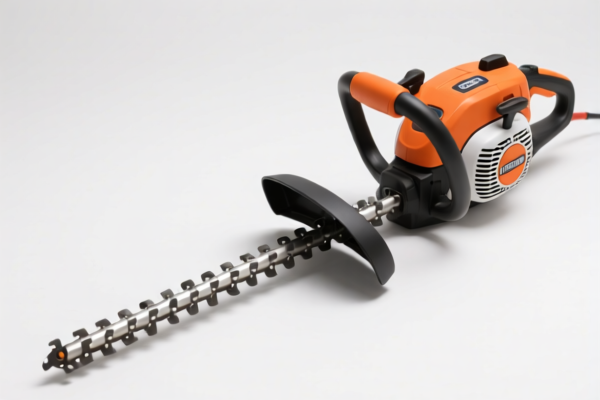| HS Code | Official Doc | Tariff Rate | Origin | Destination | Effective Date |
|---|---|---|---|---|---|
| 8201906000 | Doc | 55.0% | CN | US | 2025-05-12 |
| 8201903000 | Doc | 2¢ each + 5.1%+55.0% | CN | US | 2025-05-12 |
| 8214909000 | Doc | 1.4¢ each + 3.2%+30.0% | CN | US | 2025-05-12 |
| 3926909989 | Doc | 42.8% | CN | US | 2025-05-12 |
| 3924104000 | Doc | 33.4% | CN | US | 2025-05-12 |




Plastic Cutter
A plastic cutter is a tool designed to sever or shape plastic materials. These tools encompass a wide range of designs, varying significantly in complexity and application based on the type and thickness of plastic being cut, as well as the desired precision and volume of work.
Materials
Plastic cutters are constructed from a variety of materials, chosen for strength, durability, and resistance to corrosion:
- High-Carbon Steel: Common for manual cutters, offering sharpness and affordability. Often heat-treated for increased hardness.
- Stainless Steel: Used in applications requiring hygiene or resistance to rust, such as food packaging or medical applications.
- Alloy Steel: Provides increased strength and wear resistance for heavy-duty cutting.
- Ceramic: Used in precision blades for clean, chip-free cuts, particularly in thin plastics.
- Titanium: Lightweight and corrosion-resistant, often used in high-end, specialized cutters.
Purpose & Function
The primary purpose of a plastic cutter is to divide plastic materials. Functionality varies based on the cutter type:
- Shearing: Blades slide past each other to create a clean cut.
- Rotary Cutting: A circular blade rotates to slice through the plastic.
- Guillotine Cutting: A blade descends vertically to shear the plastic.
- Hot Cutting: A heated blade melts through the plastic, creating a smooth edge.
- Ultrasonic Cutting: High-frequency vibrations cut through the plastic.
Usage Scenarios
Plastic cutters are utilized in numerous industries and applications:
- Packaging: Cutting plastic film, sheets, and containers.
- Construction: Cutting plastic pipes, sheets, and profiles.
- Manufacturing: Cutting plastic parts and components.
- Crafts & Hobbies: Cutting plastic for modeling, art projects, and DIY applications.
- Gardening: Cutting plastic sheeting for greenhouses or plant protection.
- Medical: Cutting sterile plastic packaging or components.
- Food Processing: Cutting plastic film for food packaging.
Common Types
- Manual Plastic Cutters (Shear Type): Hand-operated, using leverage to shear through plastic. Suitable for thinner plastics and low-volume cutting. Often feature adjustable blades for varying thicknesses.
- Rotary Plastic Cutters: Utilize a circular blade for continuous cutting. Ideal for long, straight cuts and fabric-like plastic materials.
- Guillotine Cutters: Feature a large blade that descends vertically. Used for cutting stacks of plastic sheets or thicker materials.
- Power Scissors (Electric Plastic Cutters): Electrically powered scissors designed for cutting plastic sheets and film.
- Hot Knife Cutters: Utilize a heated blade to melt through plastic, creating a smooth, sealed edge. Commonly used for fabrics and banner materials.
- Ultrasonic Cutters: Use high-frequency vibrations to cut plastic with precision and minimal heat. Suitable for delicate materials and complex shapes.
- Pipe Cutters: Specifically designed for cutting plastic pipes to specific lengths.
- Plastic Shears: Hand-operated shears with blades designed for cutting plastic. Often used for thinner plastics and contour cutting.
Based on the provided information, a “plastic cutter” can be classified under several HS codes, depending on its specific function and application. Here's a breakdown:
-
3926909989: This code covers “Other articles of plastics and articles of other materials of headings 3901 to 3914: Other: Other”. This is a broad category for plastic articles not specifically defined elsewhere. If the plastic cutter is made primarily of plastic and doesn’t fall into a more specific category, this code is applicable. The total tax rate is 42.8%.
-
3924104000: This code covers “Tableware, kitchenware, other household articles and hygienic or toilet articles, of plastics: Tableware and kitchenware: Other”. If the plastic cutter is designed for kitchen use (e.g., food preparation), it may fall under this code. The total tax rate is 33.4%.
-
8201906000: This code covers “Other handtools of a kind used in agriculture, horticulture or forestry, and parts thereof: Other”. If the plastic cutter is designed for use in agriculture, horticulture, or forestry, this code could be applicable. The total tax rate is 55.0%.
Regarding HS code 3926909989, it is important to note that this is a very general category. Customs officials may require further documentation to determine the precise composition and intended use of the plastic cutter.
Regarding HS code 3924104000, if the plastic cutter is classified under this code, it is considered tableware or kitchenware.
Regarding HS code 8201906000, if the plastic cutter is classified under this code, it is considered a handtool used in agriculture, horticulture, or forestry.
Customer Reviews
No reviews yet.